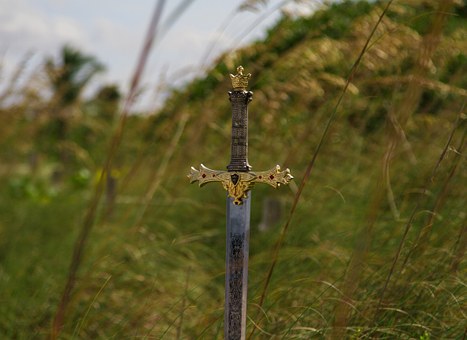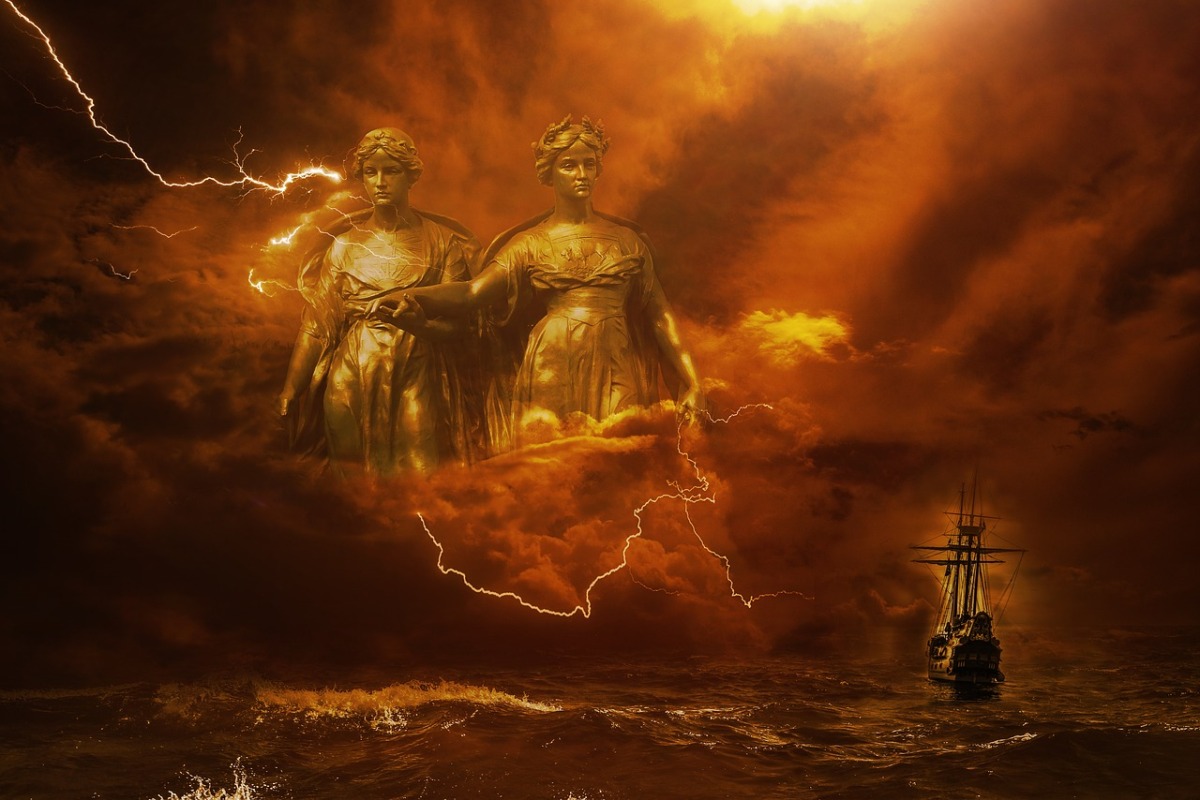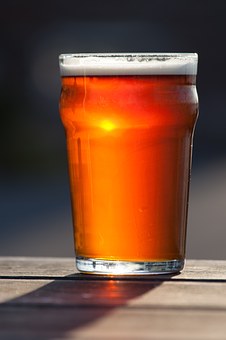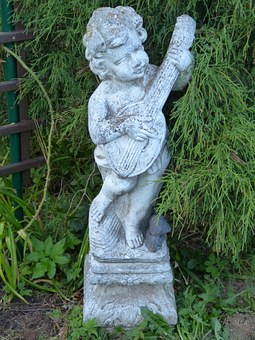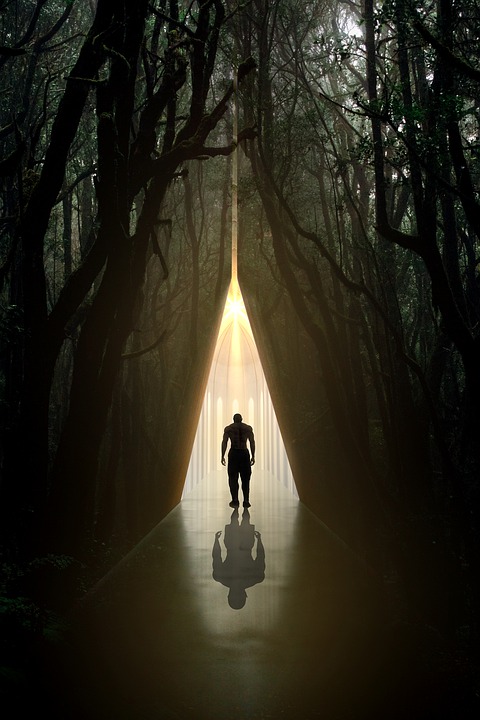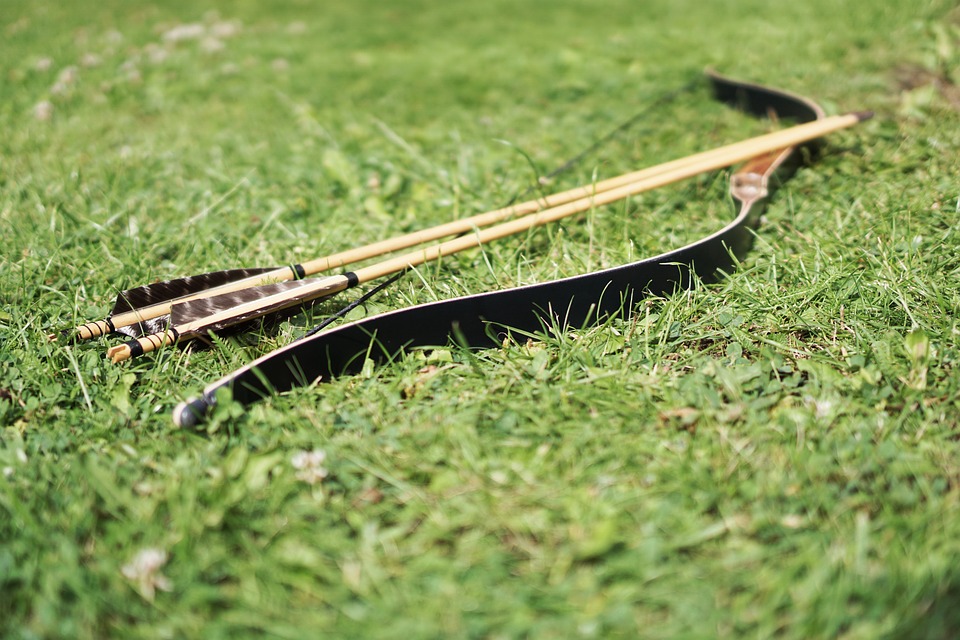God of war. Celtic (Welsh). His mother is DON the Welsh mother goddess. He allegedly caused a war between Gwynedd and Dyfed. He visited the court of PRYDERI, son of RHIANNON, in Dyfed, and stole his pigs. In the ensuing combat Gwydion used magic powers and slew Pryderi. He seems to have underworld links, hence the route taken by the dead, the Milky Way, was named Caer Gwydion.
Tag: Welsh
Gwynn Ap Nudd
Chthonic underworld god. Celtic (Welsh).
GOBNIU (smith)
ORIGIN Celtic (Irish). God of skills including ale brewing.
KNOWN PERIOD OF WORSHIP early times until Christianization, circa AD 400.
SYNONYMS Goibniu; GOVANNON (Welsh).
CENTER(S) OF CULT none specifically known.
DANU
DANU (1)
ORIGIN Celtic (Irish). Founding goddess.
KNOWN PERIOD OF WORSHIP prehistoric times until after Christianization circa AD 400.
SYNONYMS ANU; DON (Welsh).
Ceridwen
Goddess of inspiration. Celtic (Welsh). Depicted as the hag-aspect of the mother goddess, she is the consort of TEGID FOEL. Her children are Creirwy (daughter) and Afagddu (son). She allegedly prepares the caldron of knowledge.
Arianrhod
Chthonic earth goddess. Celtic (Welsh). Responsible for initiation of souls in the otherworld in the tower of Caer Sidi. Mentioned in the Mabinogion texts as the possible daughter of Beli, consort of DON and mother of LLEW LLAW GYFFES and Dylan.
Arawn
Chthonic underworld god. Celtic (Welsh). The leader of the phantom hunt seen chasing a white stag with a pack of red-eared hounds. He equates with GWYNN AP NUDD, a similar deity known in South Wales. His chief underworld opponent is Hafgan and he bribes PWYLL, prince of Dyfed, to challenge Hafgan in exchange for a gift of pigs.
Amaethon
God of agriculture. Celtic (Welsh). A son of DON and brother of GWYDION, he is known from a limited number of Welsh texts and was engaged in a mythical battle against the ARAWN. Associated with ploughing and husbandry. The modern Welsh name for a farmer is amaethwr.
Mabon (son)
God of youth. Celtic (Welsh). The son of an earthly mother, MODRON. According to legend he was abducted when three days old. Also a god of hunters and fishermen. He is known particularly from northwestern Britain and his cult extends along the region of Hadrian’s Wall. Known from many Romano-Celtic inscriptions and syncretized with the Romano-Greek god APOLLO.
Caledonian Wood
by Brian Edward Rise
A forest named Coit Celidon in early Welsh, purported to be the site of Arthur’s seventh battle in the Historia Brittonum. Caledonia is also an ancient name for Scotland. Roman geographers place the people called the Caledonii north of the Clyde-Forth line. The Welsh, however, applied the name to the forested area closer to the Border. Recently postulated as possibly being within the operating range of Lucius Artorius Castus and his Sarmatian calvary in the late 4th century.

